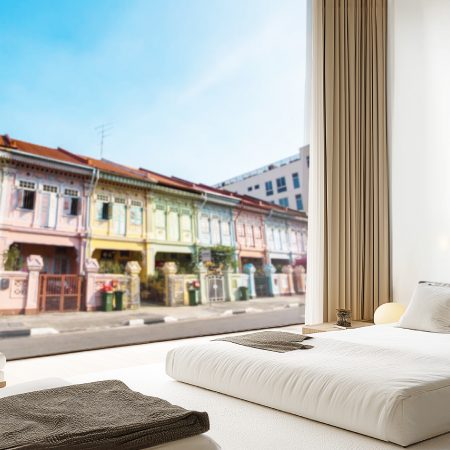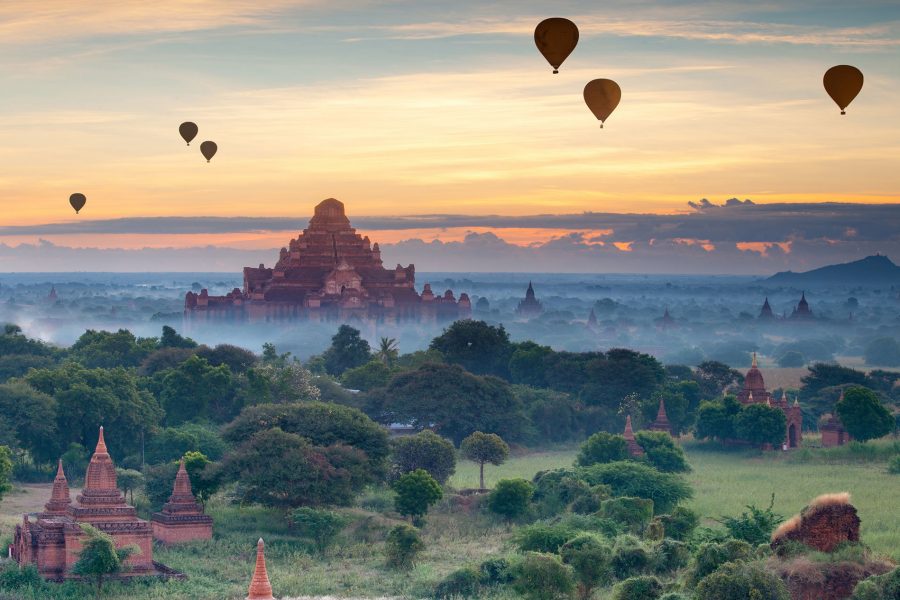Time to revise your bucket list: Unesco announced new additions to its World Heritage list last week, which means you have 29 more destinations to add to your travel plans. The United Nations’ ever-growing roundup of landmarks now counts 1,121 sites around the world. To earn the honour, each site must meet at least one of 10 criteria , which range from things like an area of exceptional natural beauty or aesthetic importance to a masterpiece of human creative genius. From Bahrain’s ancient Dilmun burial mounds to the University of Manchester’s Jodrell Bank Observatory to iron structures from the eighth century BC in Burkina Faso to the 20th century architecture of American architect Frank Lloyd Wright, this year’s new entrants span epochs and continents. Curious which sites in Asia made the list this year? Read on to find out.

Credit: Traveler1116/Getty
Jaipur City, India
India’s Pink City has been dazzling travellers with its rosy sandstone facades since it was founded in 1727; this year, the Unesco committee was taken by its urban planning and interplay of Hindu, Mughal and Western architecture. The city has become a key element of India’s Golden Triangle circuit that also includes Delhi and Agra. Landmarks include the Hawa Mahal, or the Palace of Wind; the City Palace, where the maharajah’s family still resides; and Amber Fort. Head to the sculpture park at Madhavendra Palace to enjoy modern works by global artists and panoramic city views. Jaipur’s inclusion raises the profile of Rajasthan, already rich in Unesco World Heritage sites – namely the hill forts of Rajasthan, comprising six historic forts across the state; and the Jantar Mantar, an astrological observation site dating back to the early 18th century. Getting to Jaipur requires just a short flight from Delhi.
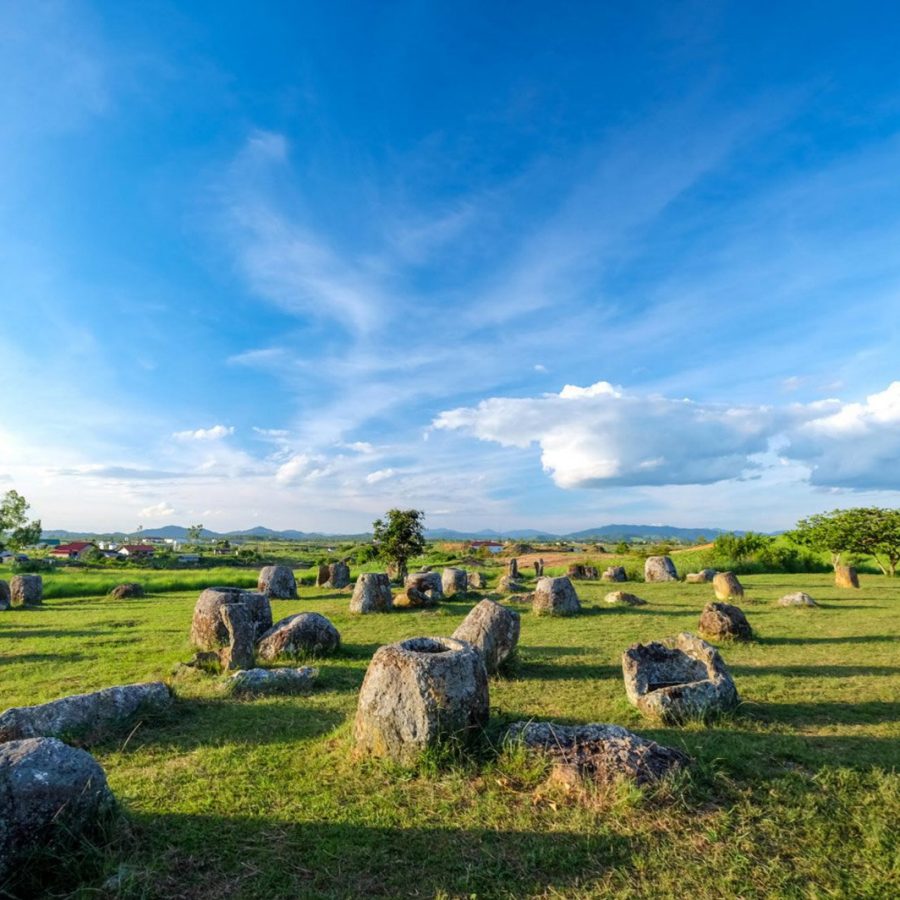
Credit: Nhut jangnhut / Alamy Stock Photo
The Plain of Jars, Laos
The third of Unesco’s criteria is "to bear a unique or at least exceptional testimony to a cultural tradition or to a civilisation which is living or which has disappeared," and the megalithic jar sites in the Xiangkhouang province in northeastern Laos certainly fits the bill: the 2,100 stone jars scattered across a plateau date back to the Iron Age, about 2,500 years ago, when they were likely used in ancient burial rituals. While its location is remote, there are flights to the nearby town of Phonsavan from the capital, Vientiane. Drive north and you’ll find another World Heritage gem: the town of Luang Prabang, which mixes exquisite temples, French colonial buildings and mountain panoramas.
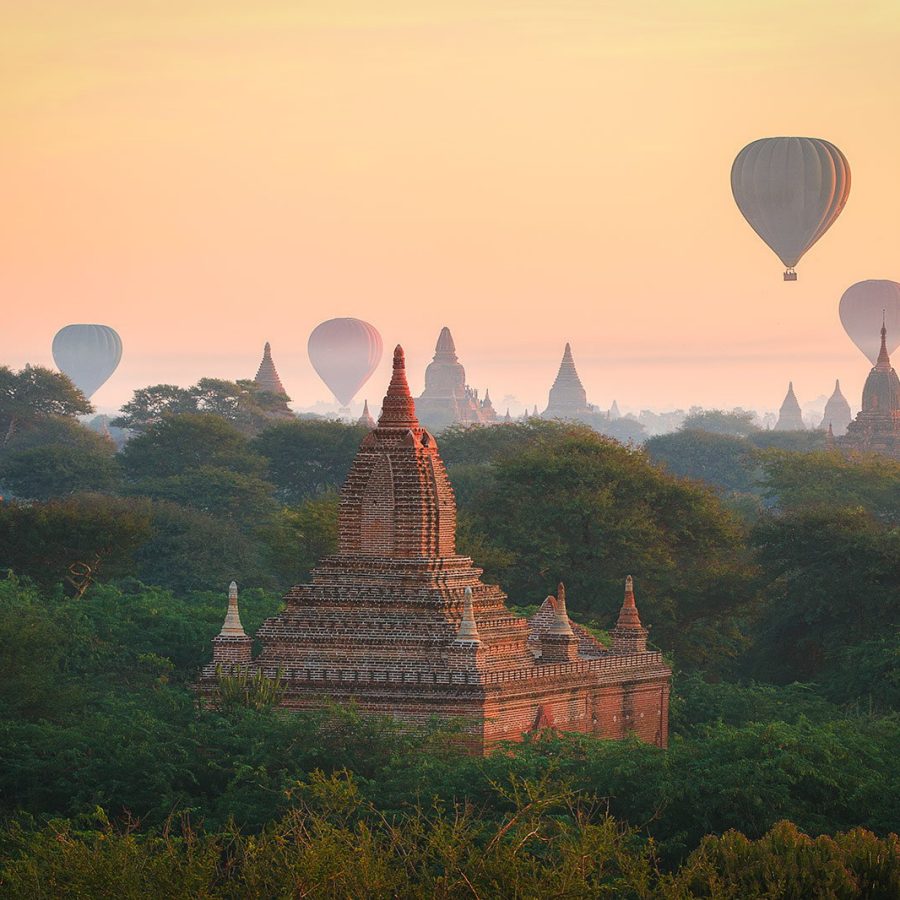
Credit: Uschools/Getty
Bagan, Myanmar
On the banks of the Ayeyarwady river in central Myanmar, Bagan is hailed for its collection of ancient Buddhist temples, which collectively rival Cambodia’s Angkor Wat for their atmospheric beauty. During the town’s heyday in the ninth to 13th centuries, more than 10,000 temples were built; today, more than 2,000 remain, jutting above a lush canopy of trees. The best way to get a bird’s eye view over the gilded temples: a scenic hot-air balloon ride at dawn. But first, you’ll have to fly (by plane, not balloon) to Yangon, then connect onward to Bagan. Those who can extend their itineraries can arrange to head north to the ancient cities of Pyu. Inscribed on the World Hertage list in 2014, the excavated remains of Halin, Beikthano and Sri Ksetra have turned up monumental Buddhist stupas, temples and palaces.

Credit: Iseo Yang/iStock
Seowon, Korean Neo-Confucian Academies, South Korea
Scattered across the central and southern parts of South Korea, nine seowon , academies founded on Confucian principles during the Joseon dynasty from the 15th through to the 19th centuries, were together listed as a World Heritage site this year. The series of pavilions served as libraries, classrooms, shrines and publishing houses. It’s easy to see why the seonbi (intellectuals) were inspired by them: each is set among mountains, lakes or rivers, intended to foster a deeper connection with nature. Visiting all in one trip is unrealistic, but the high-speed rail network stretching out from Seoul will get you close to many of the seowon scattered about North Gyeongsang, South Gyeongsang, Daegu, South Jeolla, North Jeolla and South Chungcheong provinces.
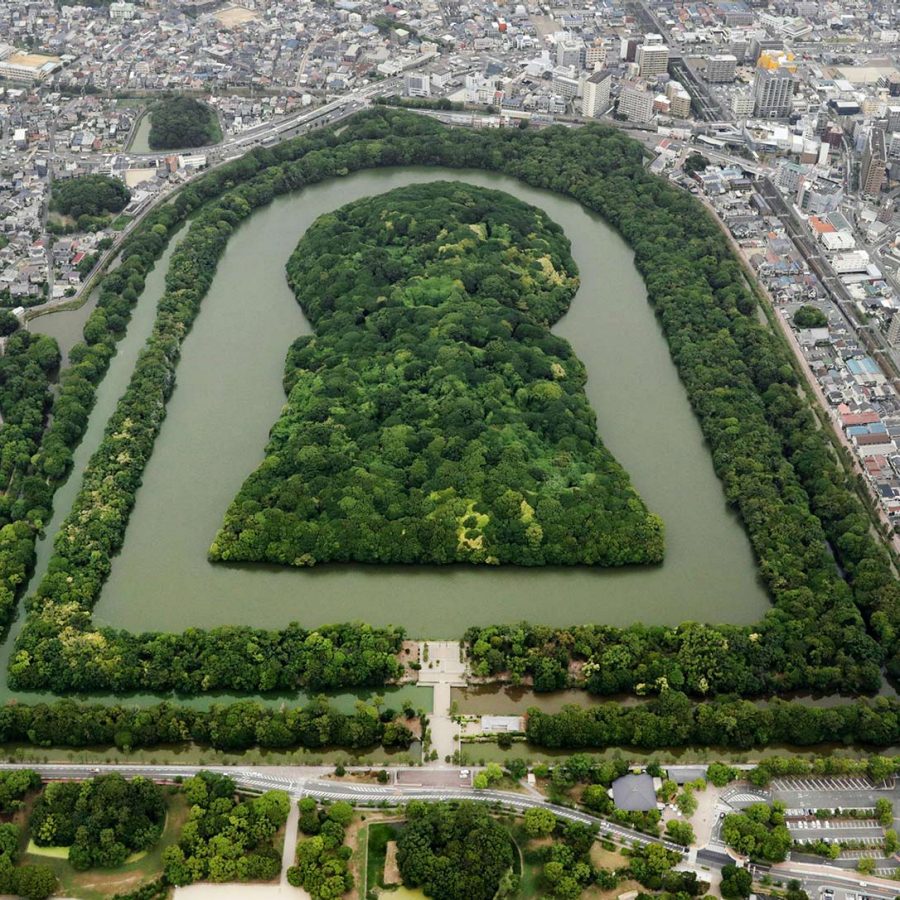
Credit: Kyodo News / Contributor / Getty
Mozu-Furuichi Tombs, Japan
While Kyoto boasts 17 World Heritage sites, this year marks the first entrant onto the list for neighbouring Osaka prefecture. Handily for heritage aficionados, the Mozu-Furuichi tombs are just a short trip south of Osaka, in the city of Sakai. Kofun (burial mounds) are numerous in Japan –more than 160,000 have been identified – but this particular cluster of 49 megalithic tombs, made of mounds of earth shaped like keyholes and built from the fourth to sixth century, house the remains of the elite. The tomb of Emperor Nintoku, which is a staggering 486 meters long, is one of the world’s largest burial mounds.
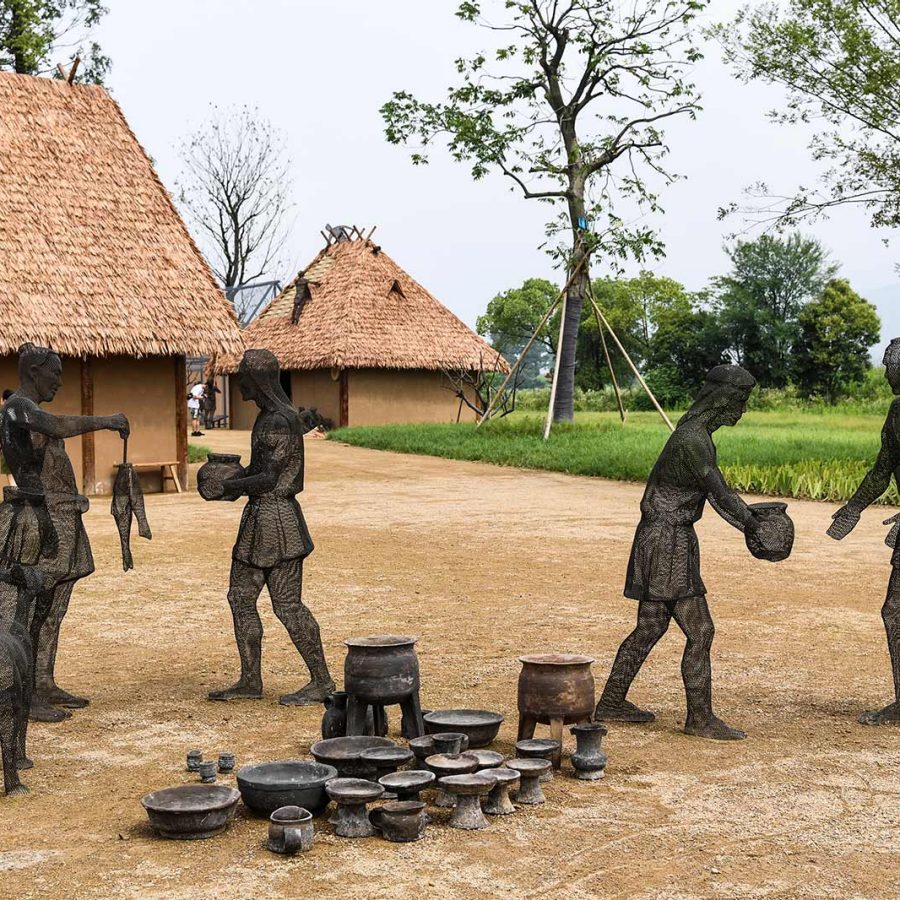
Credit: VCG
Ruins of Liangzhu City, China
Looking to the layouts of early civilisations gives us a window into societies and hierarchies that existed millennia ago, and at the ruins of the ancient city of Liangzhu , researchers have pieced together fascinating details from a town dating back from 3300-2300 BC. The sprawling network of dams, reservoirs and levees suggests sophisticated infrastructure to fight a significant threat of flooding, for instance, and a difference in burial methods suggests entrenched class differences, with ivory, jade and silk found in wealthier graves and simple pottery found in poorer looking graves. The ruins are found on the outskirts of Hangzhou in eastern China, which also has another World Heritage site in its famous West Lake.
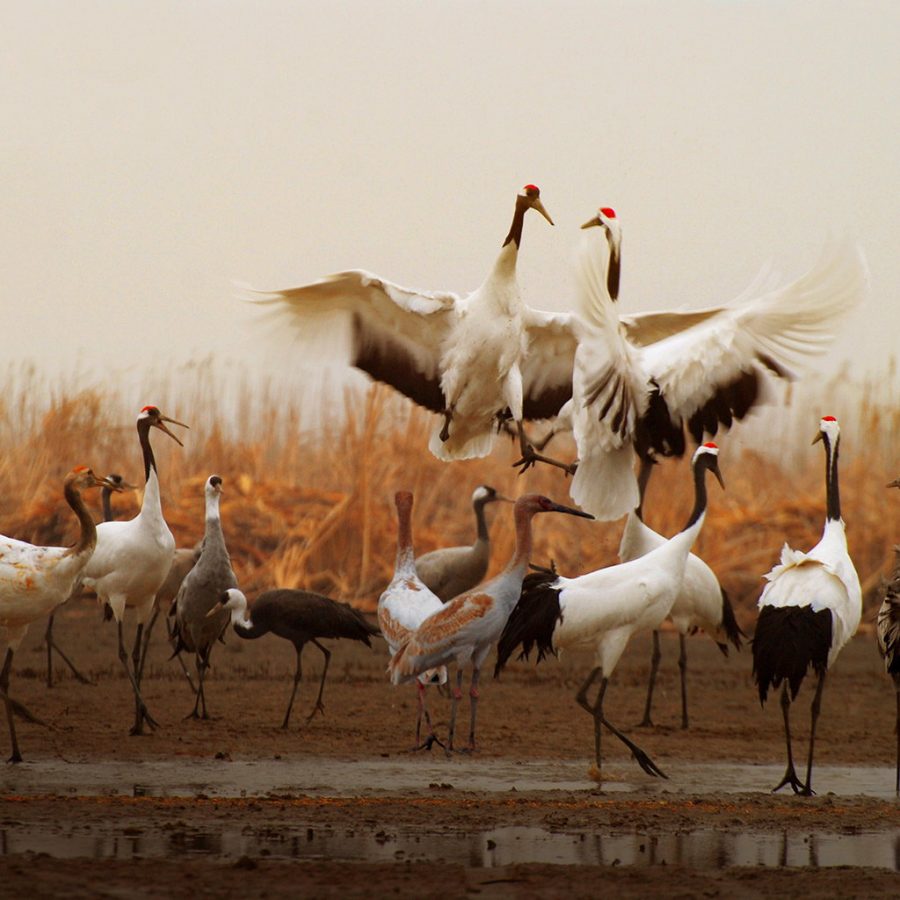
Credit: Grus japonensis
Migratory Bird Sanctuaries, China
Chosen for their significance as a habitat for conservation of biodiversity, these bird sanctuaries along the coast of the Yellow Sea and Bohai Gulf in the north are a hub for transiting bird, including some of the world’s most endangered species. The mudflats in the region are essential for the survival of 17 globally threatened migratory birds, including like the spoon-billed sandpiper and the far eastern curlew. The World Heritage listing has the potential to raise awareness of their plight, and help further preserve the area.
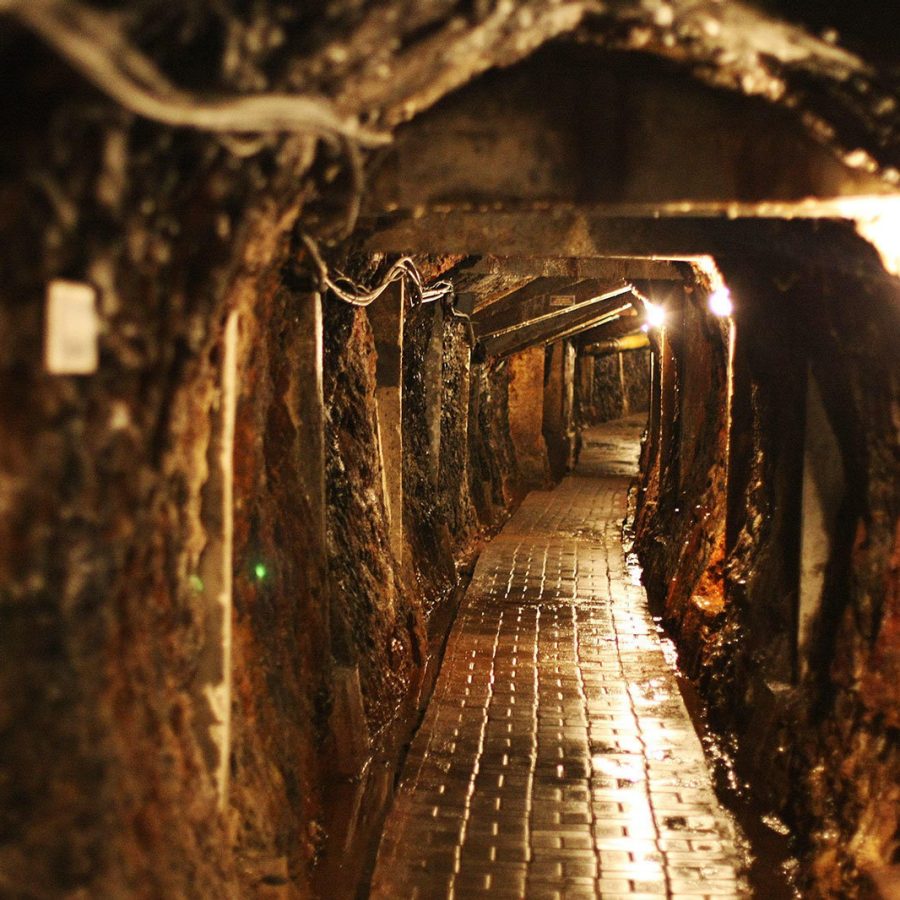
Credit: Afriadi hikmal / Alamy Stock Photo
Ombilin Coal Mine, Indonesia
The youngest Asian contribution to the list comes from Sawahlunto in West Sumatra, where a Dutch colonial mining town dating back to the late 1800s made the cut. Though mining ceased in the 1990s, many of the tunnels, dormitories and infrastructure around the industry have been preserved. Learn all about it at the Ombilin Coal Mining Museum; the Train Museum, fashioned from an old coal station; and the Goedang Ransoem Museum, a former kitchen for the miners. Other buildings dating back to the city’s heyday include the Santa Barbara Church, built in the 1920s by the Dutch. To get to Sawahlunto, fly to Jakarta then connect to Minangkabau International Airport in West Sumatra.
More inspiration
- China – the Chinese Mainland, Hong Kong SAR, Macao SAR and Taiwan Region
- Hong Kong SAR - English
- Chinese Mainland (China) - English
- Taiwan, China - English
- 香港特別行政區 - 繁體中文
- 中国內地 - 简体中文
- 中國台灣 - 繁體中文
- Africa
- South Africa - English
- Asia
- Bangladesh - English
- Korea - English
- Singapore - English
- Cambodia - English
- 한국 - 한국어
- Sri Lanka - English
- India - English
- Malaysia - English
- Thailand - English
- Indonesia - English
- Maldives - English
- ประเทศไทย - ภาษาไทย
- Indonesia - Bahasa Indonesia
- Myanmar - English
- Vietnam - English
- Japan - English
- Nepal - English
- Việt Nam - tiếng Việt
- 日本 - 日本語
- Philippines - English
- Australasia
- Australia - English
- New Zealand - English
